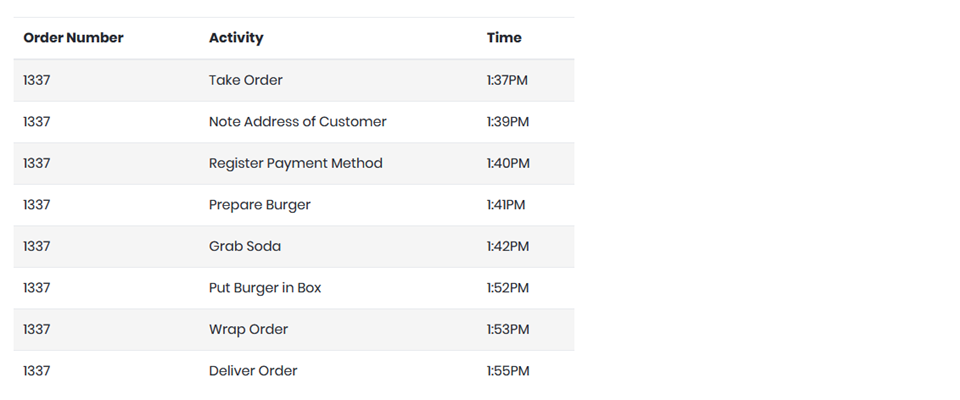Increase transparency
In companies a lot of processes run at the same time. With increasing digitalization and use of different IT systems, the process landscape is getting more and more complex and the underlying as-is processes are hidden and oftentimes a black-box. Process Mining is a technique to investigate this black-box, to discover the actual process and potential inefficiencies.
Improve customer experience
Process Mining is a technique which helps customers to really understand the underlying processes. Therefore, it is possible to identify and resolve existing bottlenecks. Through the improved reaction time due to process transparency, the company’s performance can be significantly elevated.
Enable data-driven decision making
For a profound decision making it is key to have quality data at hand. Through Process Mining, data availability and powerful visualization and analysis tools are enabling management to stay on target.
Support digitalization and automation
Since Process Mining techniques derive how distinct cases are handled and how operational decisions are made, automation potentials can be leveraged.
Identify non-compliant processes
The tremendous gap between as-is and to-be processes in a lot of organizations can be identified and reworked. Dashboards and alarms can be installed to reveal compliance issues in real-time.
Fraunhofer-specific advantages
Fraunhofer offers an unique approach to enable your organization to make use of this broad range of benefits. Interest aroused?
Please visit the ‘Our Offer’ tab for further information.




